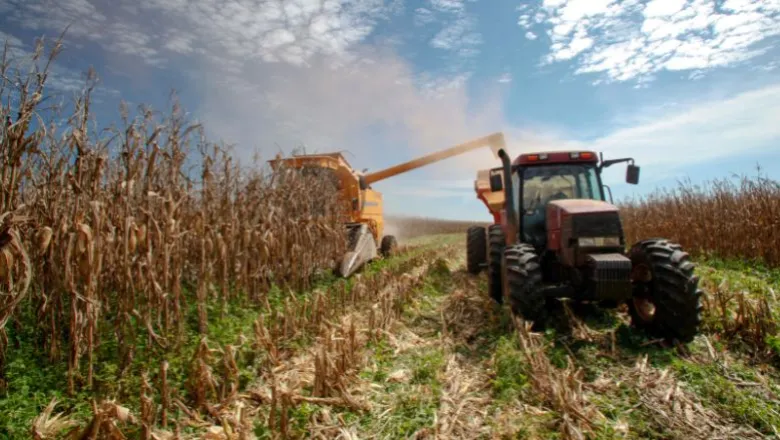Building Resilience: A Guide to Risk Management in Agriculture

Farm Management Resources
Farming is one of the most rewarding professions, but it is also one of the most unpredictable. From volatile markets to extreme weather events, agricultural operations face a wide range of risks that can impact profitability, productivity and long-term viability. That is why understanding and implementing a solid risk management strategy is essential for every farm business.
What is Risk Management?
At its core, risk management is the process of identifying potential threats to your operation and developing strategies to minimize their impact. In agriculture, this means preparing for uncertainties like fluctuating commodity prices, adverse weather conditions, changing regulations and personal or financial challenges.
Risk management is not one-size-fits-all. Each farm is unique, and so is its approach to managing risk. The goal is not necessarily to maximize profits every year, but to create stability and safeguard the operation against unexpected disruptions.
Why Risk Management Matters
Even if your farm is currently thriving, risks can emerge quickly and without warning. Having a plan in place helps ensure that your business can weather tough times and continue operating effectively. A good risk management strategy provides a buffer against financial losses, production setbacks and other challenges that could otherwise derail your progress.
Types of Agricultural Risk
Understanding the different types of risk is the first step in building a comprehensive plan. Common categories include:
- Price Risk: Market fluctuations can dramatically affect the value of commodities and input costs.
- Production Risk: Weather events, disease outbreaks and equipment failures can disrupt production.
- Financial Risk: Economic conditions, interest rate changes and high levels of debt can strain cash flow.
- Institutional Risk: Government regulations, tax laws and legal issues can impact operations.
- Personal Risk: Health problems, labor shortages and major life events (like death or divorce) can affect management and continuity.
Assessing Risk Impact and Probability
Once risks are identified, it is important to evaluate their potential impact and likelihood. Risks can be categorized as:
- Low Impact: Short-term disruptions that do not significantly affect operations.
- Medium Impact: Challenges that require adjustments but are manageable over time.
- High Impact: Major events that could threaten the long-term viability of the farm.
Similarly, risks can be rated by their probability, low, medium or high, based on historical data and the specific characteristics of your operation.
Tools for Managing Risk
There are many tools available to help mitigate agricultural risk. Some of the most common include:
- Forward Contracting: Locking in prices for commodities ahead of time to reduce market uncertainty.
- Hedging: Using futures and options markets to stabilize prices.
- Insurance: Coverage for crops, liability, property, life and disability to protect against financial loss.
- Enterprise Diversification: Expanding income sources to reduce dependence on a single commodity.
- Liquidity Management: Maintaining cash reserves and short-term assets to handle emergencies.
- Best Practices: Implementing sound production and management strategies, such as maintaining feed inventories or having backup equipment parts.
- Legal Planning: Establishing formal agreements, succession plans and estate planning to ensure continuity.
Understanding Your Risk Tolerance
Every farm has a different capacity to absorb risk. A strong financial position allows for greater flexibility, while a more vulnerable operation may need to take a conservative approach. Knowing your tolerance helps guide decisions about which risks to accept and which to mitigate.
Creating a Risk Management and Contingency Plan
A good plan does not have to be complex. It might be as simple as stockpiling feed or increasing insurance coverage. The key is to think proactively and prepare for “what if” scenarios. Contingency planning helps you respond effectively when unexpected events occur, reducing stress and improving outcomes.
Monitoring and Adjusting Your Plan
Risk management is not a one-time task; it is an ongoing process. Regularly review your plan to ensure it remains relevant as your operation evolves. Be open to change, seek advice from experts and avoid overanalyzing to the point of inaction.
Final Thoughts
Risk management is a vital part of running a successful farm business. By identifying potential threats, assessing their impact and using practical tools to mitigate them, you can build resilience and ensure long-term sustainability. Every farm is different, so tailor your strategy to fit your unique needs and revisit it regularly to stay ahead of the curve.